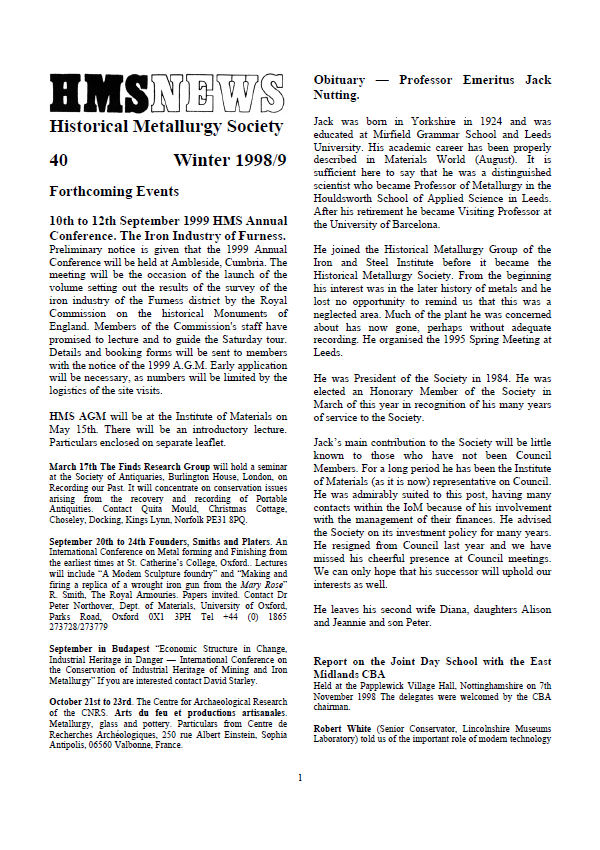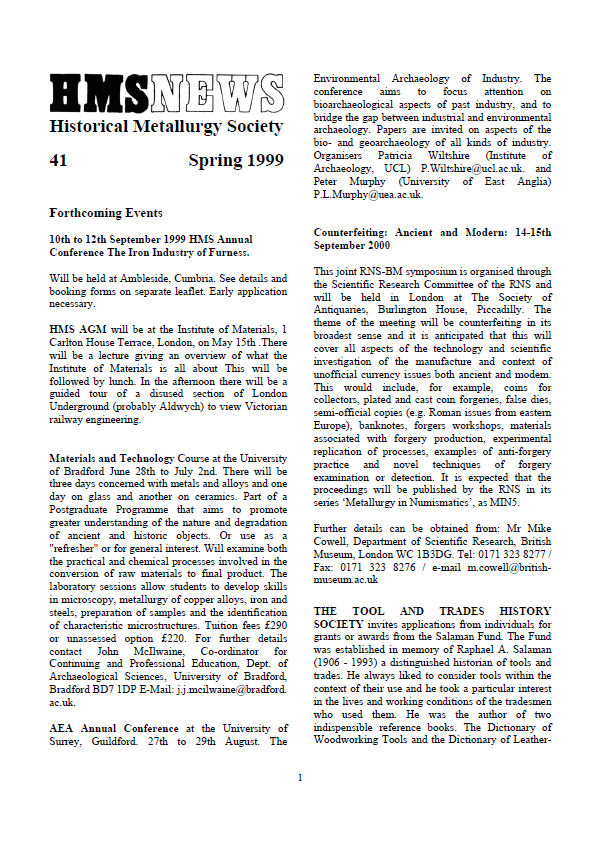Archaeology Datasheet 204
Other metals: smelting and production of alloys
This datasheet provides a brief introduction to the manufacture of several non-ferrous metals (zinc, mercury, antimony and arsenic) that have not been covered elsewhere in this series. The metals covered in this datasheet were often rather difficult to produce and many were used rarely. Nevertheless, these metallic elements are frequently detected in copper alloys or tin-lead alloys. Their occurrence in these contexts suggests that they were inadvertently incorporated during the smelting of another metal.


